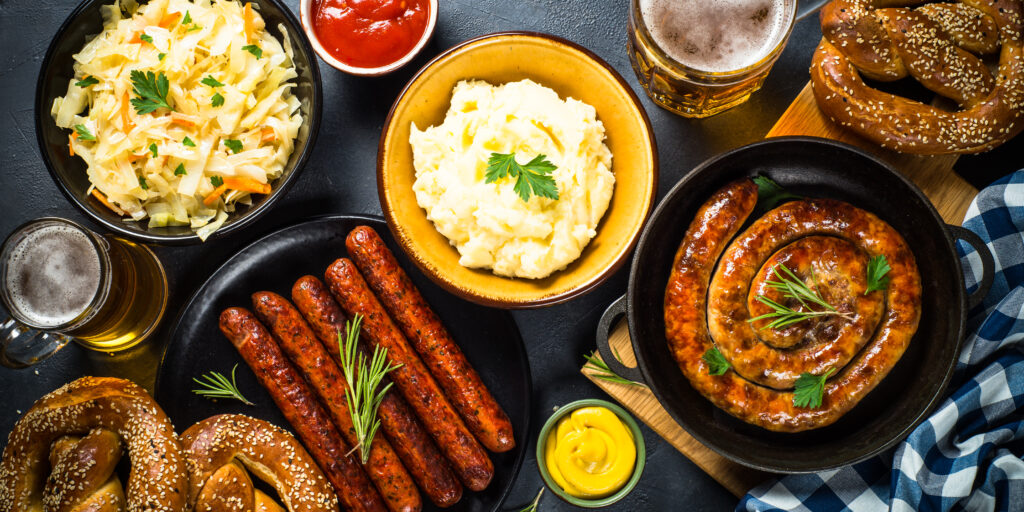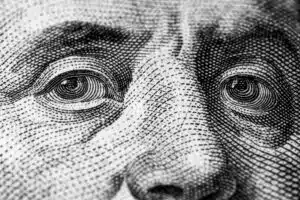3D printing technology is being explored as a way to create custom-made food items, including those for special dietary needs, such as for people with food allergies or those following specific diets like vegetarian or vegan. 3D printing food involves using a 3D printer to deposit layers of food materials, such as purees, gels, and powders, in a specific pattern to create a desired shape or form.
One of the main benefits of 3D printing food is the ability to create custom-made food items that can be tailored to an individual’s specific dietary needs. For example, 3D printing can be used to create food items that are low in salt, sugar, or calories for people with specific health conditions. Additionally, 3D printing can be used to create unique and visually appealing food items for high-end restaurants and special events.
3D printing technology can also be used to create food items that are not possible or difficult to make with traditional methods, such as creating complex geometric shapes or designs in food.
However, 3D printing food technology is still in its early stages and there are challenges that need to be addressed, such as the cost of the equipment, the quality of the finished product, and the need for food-grade materials. Additionally, 3D printing food is not yet widely adopted in the food industry and there is a need for more research on the safety, nutritional value and taste of the 3D printed food.




